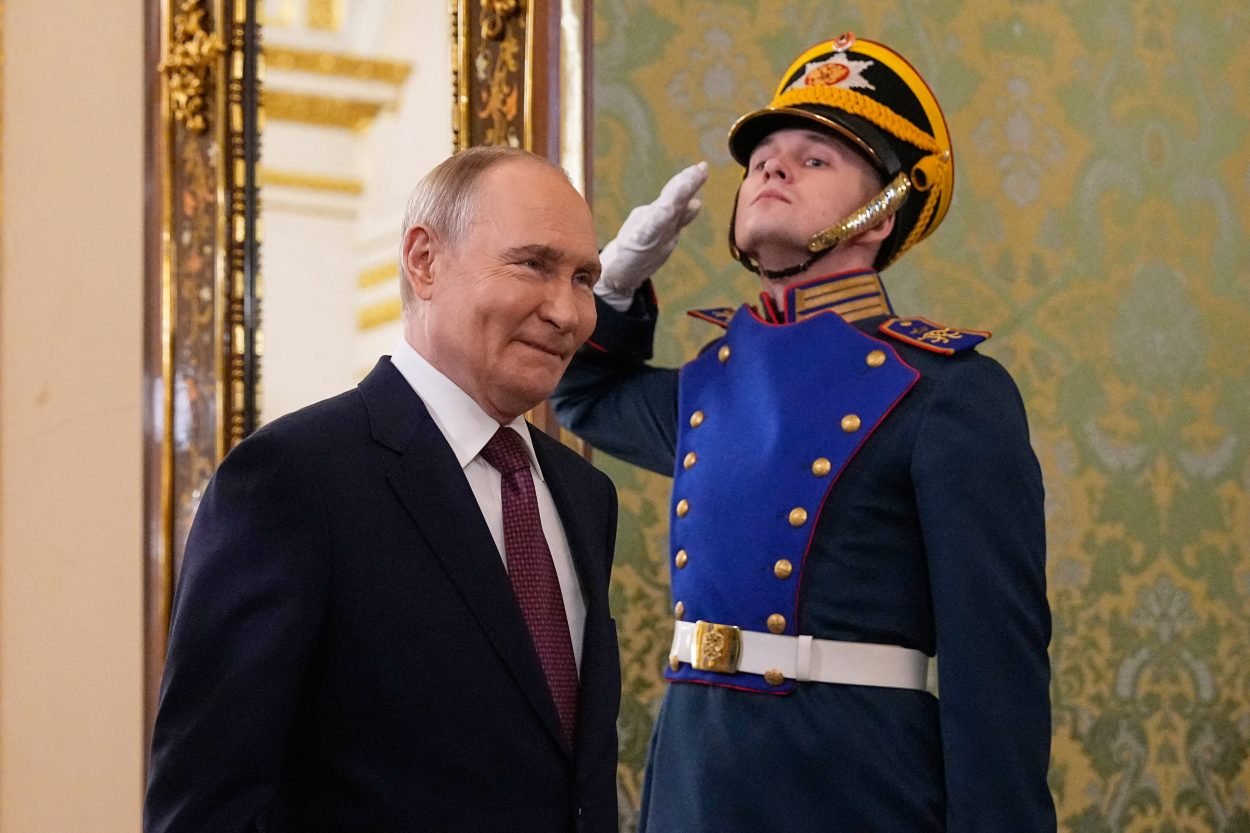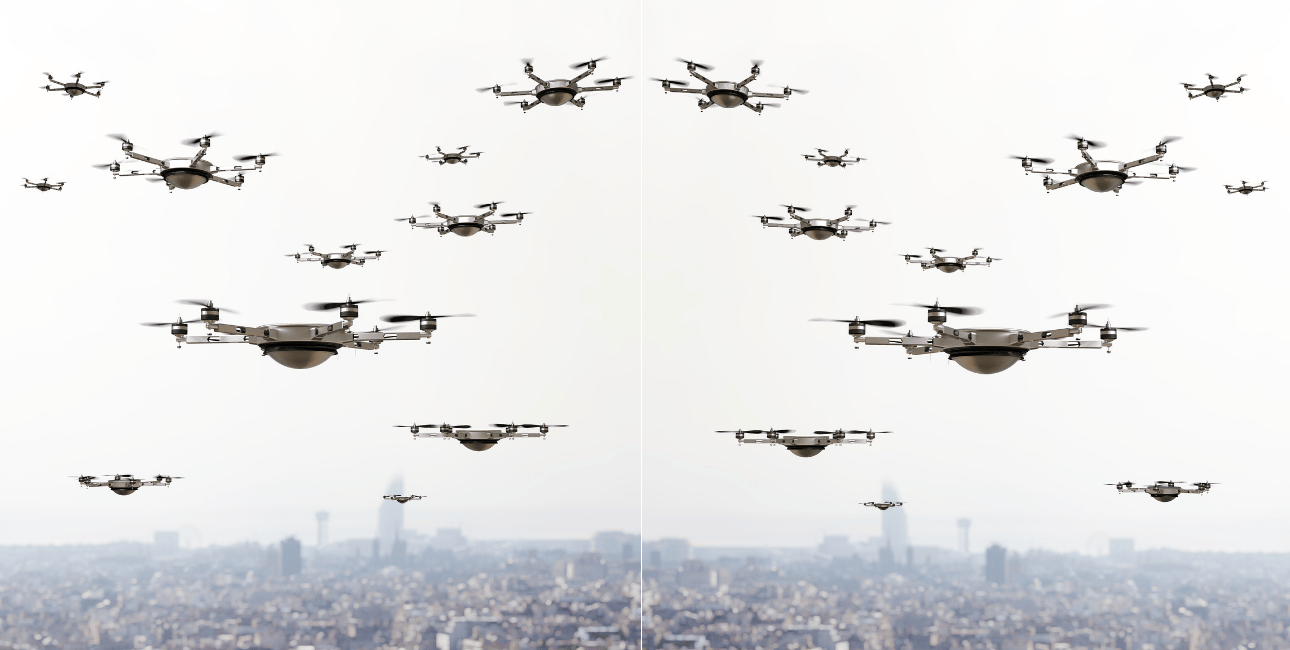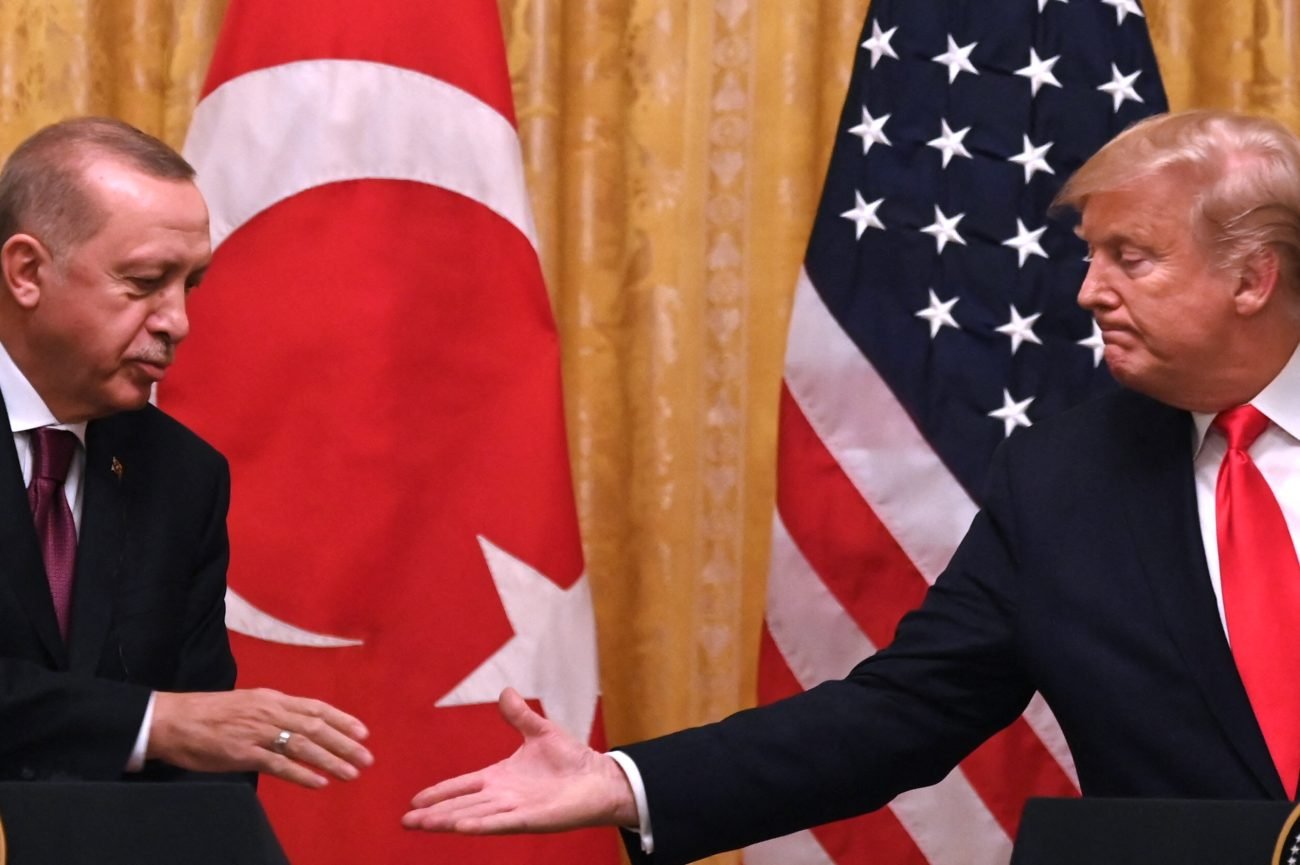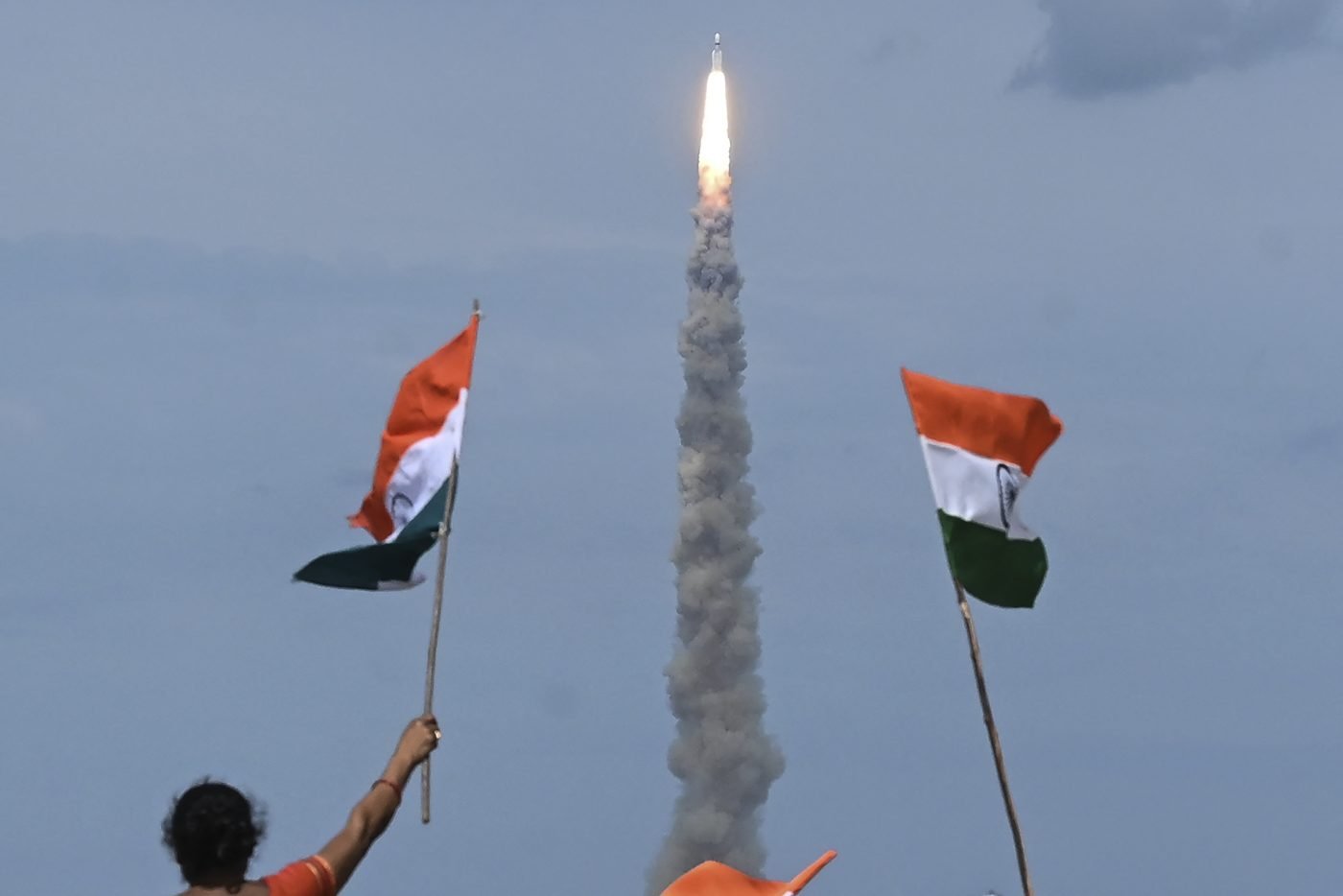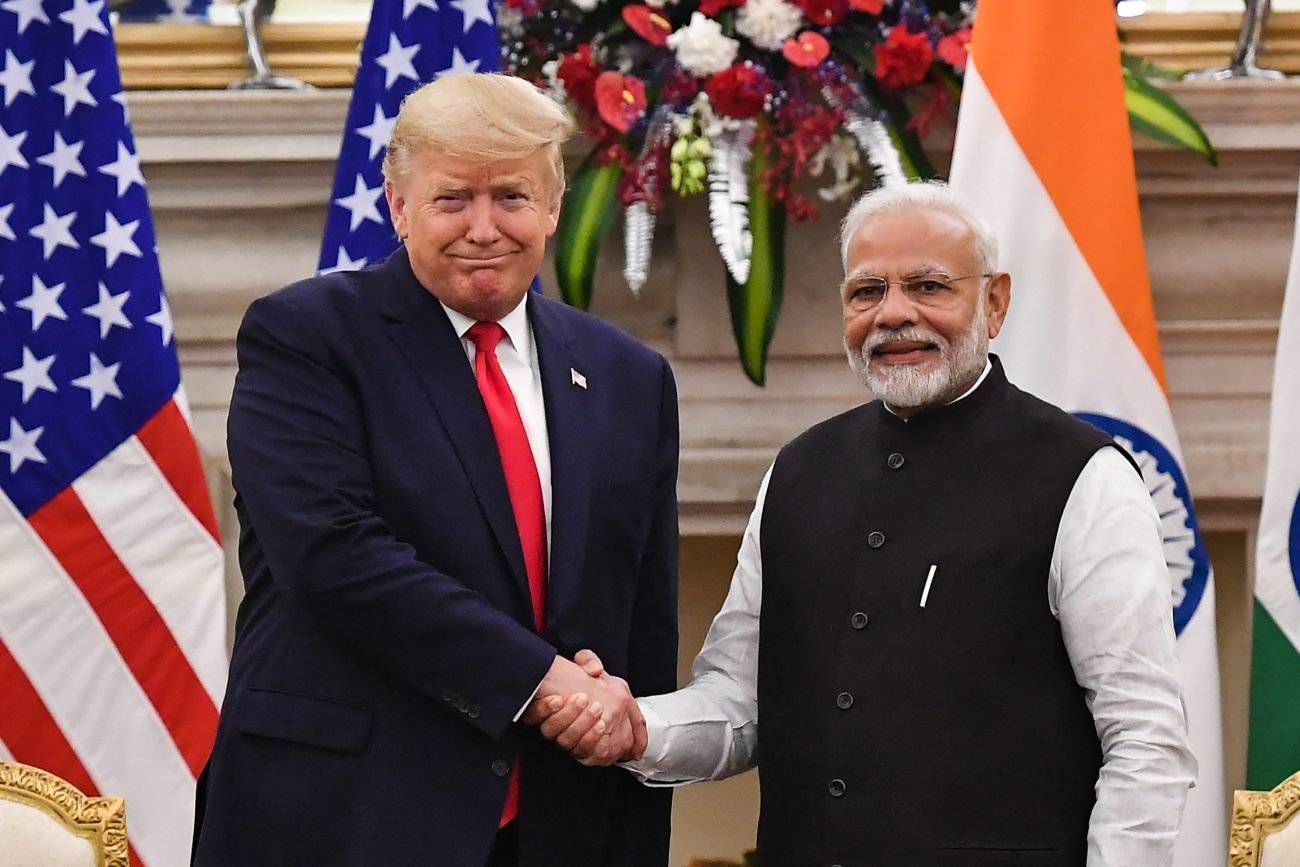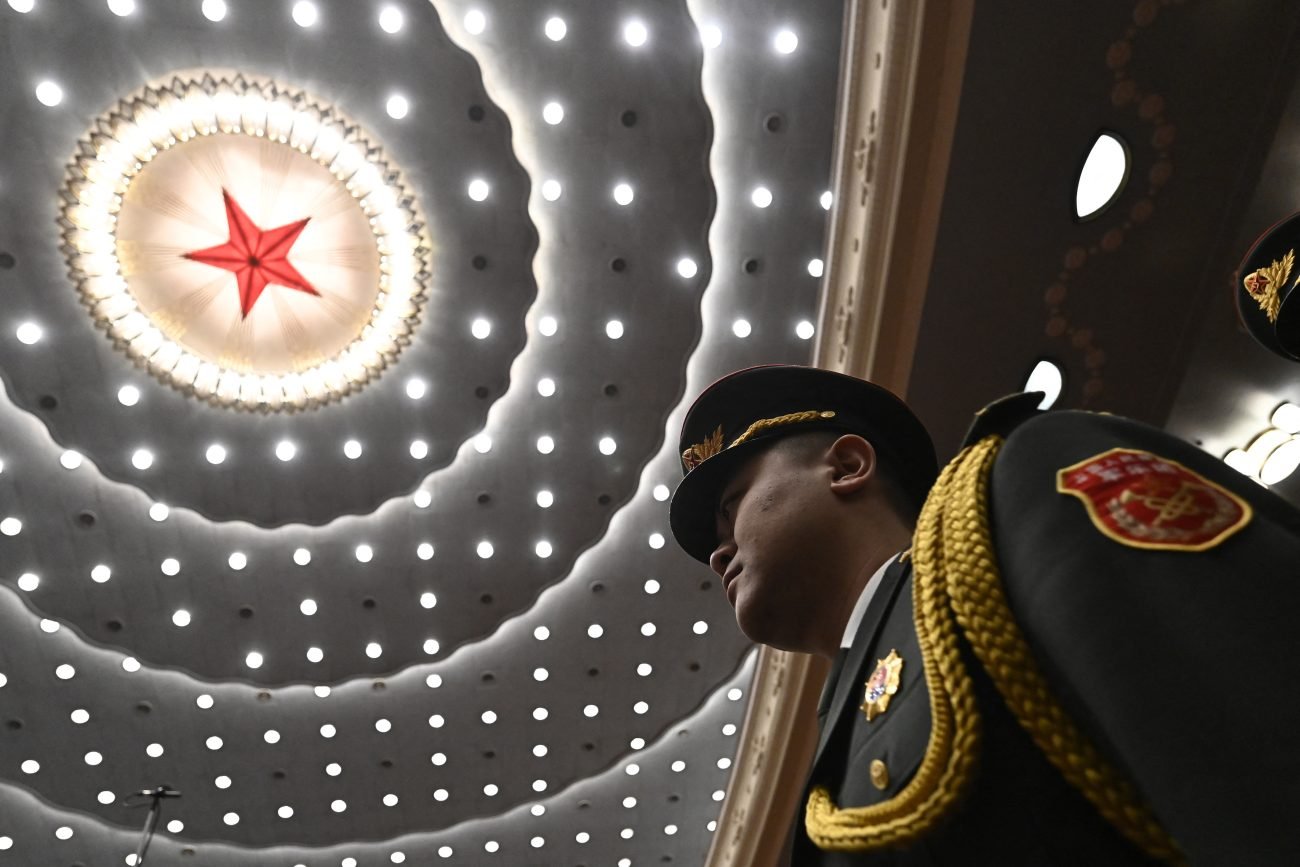By: Air Marshal (R) RGK Kapoor
India and China’s disengagement in the Depsang and Demchok areas in the Ladakh sector is progressing smoothly, and the situation on the Line of Actual Control (LAC) seems to be normalizing after more than four years of military standoff. Disengagement followed by de-escalation, which is under discussion between India and China, will likely provide near-term stability on the LAC.
On the other side, though there has been a spurt in terrorism in Jammu and Kashmir, the borders remain stable.
Airpower has played a vital role in every conflict from World War II to the present conflicts in Russia-Ukraine and Israel’s conflict with Hamas, Hezbollah, Houthis, and Iran.
Air Forces must continuously keep modernizing since air power is sensitive to technology. This was proven during the recent Israeli air strikes on Iran, in which Israel employed state-of-the-art aircraft and weapons to neutralize chosen targets without the loss of a single aircraft.
Air Power has played a key role in all wars fought by India since independence, including during the Balakot air strikes in 2019. All the nations have invested heavily in modernizing their Air Forces.
As most modern Air Forces undertake the development of fifth-generation fighter aircraft, the USA is already developing the sixth-generation aircraft under its Next Generation Air Dominance Fighter (NGAD) project.
Indian Air Force (IAF) is presently reduced to 31 fighter squadrons against a sanctioned strength of 42 Squadrons. The present fleets, except for Rafale, SU-30 MKI, and LCA Tejas, will likely be phased out within the next decade. Modernization of the IAF has been slow, and it needs the requisite impetus to meet the evolving threats.
Like the USAF, the Israeli Air Force (IAF) has invested heavily in staying abreast of technology and staying ahead of its adversaries. The Air Force’s offensive and defensive capabilities must be able to deter its competitors in the region and beyond.
Geopolitical experts have repeatedly stressed that there are no permanent friends or foes; the only permanent thing is the national interests, which must be protected.
The capability to defend the nation from a barrage of missiles and drones from all directions has underscored the Air Defence capability of Israel. Israel has, over the years, studied the capability of its adversaries and has developed systems and weapons to safeguard its interests, people, and assets.
Air-Launched Ballistic Missiles: How Israel ‘Exploited’ Loopholes In Iran’s Defenses & Easily Hit Its Targets
Similarly, the Israeli Air Force’s offensive capability has been developed to ensure ascendance over its adversaries. Operation “Days of Repentance” was successful because of effective intelligence, modern fourth-generation plus fighter aircraft, Electronic Warfare capability, and long-range weapons coupled with force multipliers like air-to-air refuellers and UAVs.
Overall surveillance was likely provided by the Conformal Airborne Early Warning (CAEW) aircraft of the 122nd Squadron. It is believed that the Israeli Air Force (IAF) used a Golden Horizon Air-Launched Ballistic missile for the first time during this operation against targets in and around Tehran.
Other long-range weapons, such as ROCKS, Rampage, and Air LORA (with a range of around 175 miles/ 300 km), were used against targets at relatively lower depths inside Iran.
All the aircraft remained outside the Iranian airspace while delivering their weapons, thereby remaining outside the effective kill envelope of Iranian air defense systems.
The operation “Days of Repentance” also highlighted that while UAVs are becoming popular and effective, manned fighters/bombers will always remain indispensable.
How China & Pakistan Are Modernizing Their Air Forces
Both our neighbors are continuously modernizing their Air Forces. In addition to the J-20, a fifth-generation fighter, China unveiled the improved version of the J-35A fighter aircraft, its second fifth-generation stealth fighter, ahead of the Zhuhai airshow this month.
This aircraft will likely be employed on People’s Liberation Army Navy (PLAN) aircraft carriers and exported as well.
China currently has more than 200 J-20 stealth fighter aircraft, and this number will likely increase to almost 1,000 by 2035. Interestingly, this is the timeline for India’s induction of Advanced Medium Combat Aircraft (AMCA) into the IAF.
The Cabinet Committee on Security (CCS) has approved Rs. 15,000 Crore (US$ 1.8 Billion) for developing AMCA, India’s fifth-generation fighter aircraft.
Available inputs suggest the first flight could be in 2028, with series production commencing in 2035. This would cause significant asymmetry between the People’s Liberation Army Air Force (PLAAF) and IAF. Also, the J-20 would have been upgraded by the time AMCA gets inducted.
Chengdu J-10C (around 300 aircraft), J-20 (more than 200 aircraft), Shenyang J-11 (around 350), and J-16 (around 350 aircraft) are increasingly at the core of Chinese air power.
This adds up to more than 1,200 fourth-generation plus aircraft. All these aircraft carry PL-15 long-range Beyond Visual Range Air-to-Air missiles. In addition to this, ground attack aircraft, such as the JH-7, JH-8, and H-6 bombers, are in large numbers.
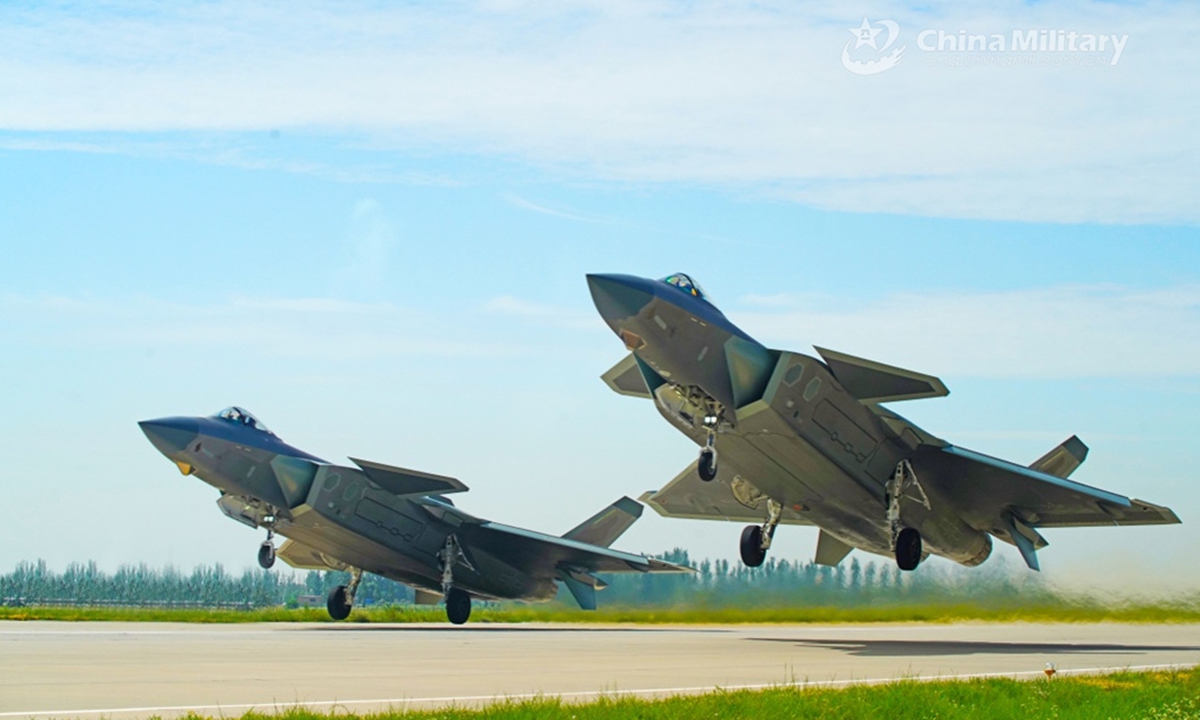
As per “Statista,” China had 3,304, Pakistan had 1,434, and India had 2,296 military aircraft in 2024. If we compare combat aircraft, China has around 1800, Pakistan has around 400, and India has around 530 combat aircraft (31 Squadrons, each having around 16 to 18 aircraft). So, quantitatively, India is woefully short of fighter aircraft in view of the threat it faces from both its borders.
Long-range precision weapons are extremely important in view of improving the Air Defense capability of adversaries.
China has diverse types of air-to-surface missiles and Glide bombs with ranges up to 1500 Km. The CJ-20 has a range of 1500 km, the AKF-98 has a range of more than 500 km, the KD-88 has a range of 200-300 km, and the YJ-12 anti-ship missile has a range of 500 km.
The Crucial Role Of Electronic Warfare
Electronic Warfare (EW) has played an important role in offensive and defensive air operations in Ukraine and the Middle East. Information sharing in real time between diverse aircraft using data links allows them to employ their weapons and EW systems effectively and enhance survivability.
UAVs and UCAVs have gained prominence in recent years. Ongoing conflicts have also highlighted the vulnerability of large UAVs in contested air spaces. Houthis and Iranians have shot down American UAVs over Iran and Yemen. However, these UAVs are extremely useful in fulfilling all ISR and non-conventional tasks during peacetime and No War No Peace scenarios.
Tactical UAVs have witnessed large-scale usage. China has become a major producer and exporter of UAVs. Counter UAV systems are equally important in covering the entire spectrum of UAV threats, from GPS/ Radio frequency-controlled to autonomous.
Force multipliers like air-to-air refuellers, AWACS/ AEW&C, and EW aircraft are essential in our context owing to our long borders and inter-theater support requirements. China has developed the Y-20 as its single platform, which has been modified for different roles.
The aircraft is presently performing strategic lift and tanker roles, and we may very soon see it as an AWACS (Airborne Warning and Control System) platform. The production rate of these aircraft will shortly fill all the voids PLAAF experienced on its eastern and western fronts.
The Challenge Of Modernizing IAF
Analysis of recent conflicts and technological evolution trends provides us with a clear path for modernizing the IAF. While there are many areas to work on, the four major areas are building fighter squadron strength, long-range precision weapons (both air-to-ground and air-to-air), UAVs and UCAVs, and Combat support elements like Refuellers, AWACS/ AEW&C, and Special mission aircraft for ISR and EW tasks.
India has rightly invested in “Atmanirbharta” (self reliance) in defense. Rapid growth in defense exports has boosted our indigenous capability, and the private defense industry has grown exponentially.
However, most of this private industry has invested in mass production of lower-end technology equipment and armament. Higher-end platforms like UAVs are mostly assembled rather than manufactured or developed, which does not provide for cutting-edge technology development. Atmanirbharta is also vital since imported equipment is not specifically developed to meet the demands of high-altitude terrain specific to India.
Exclusive: IAF Chief Talks On Ukraine-Russia War; Says ‘DEAD’ Campaigns Vital To Gain Edge On The Ground
We currently face a void in capability and a tenuous situation. If we have to rely totally on indigenization, then the development cycle will be long and arduous, and reaching parity with the latest technology might take a long time. Importing will not resolve the problem of self-reliance in technology in the limited time frame.
Additionally, imports cause dependence, delays, and high costs, including those for future upgrades, since any system undergoes multiple upgrades in its lifecycle.
The development of new technologies and platforms in modern aircraft requires substantial integration and software development, which takes a lot of time. If not factored in, the associated risks lead to unforeseen delays in platform availability and cost overruns.
Analysis of the LCA program reveals many delays in operationalizing the aircraft in the IAF. LCA Mk IA is delayed due to a delay in the supply of the aero-engine from General Electric (the OEM), integration of systems procured from diverse sources, and software development.
Many critical components in LCA Mk IA are imported, increasing integration risks. LCA Mk IIA is under design, with the first prototype expected to fly in 2026 and series production commencing in 2029.
Presently, 83 LCA Mk IAs are yet to start rolling out. At a conservative estimate of 15 aircraft per year, it will take five and a half years (in the middle of 2030) to complete the delivery of all 83 aircraft without factoring in any delay.
Additionally, 97 LCA Mk 1As await CCS approval. HAL must produce 180 LCA MK IAs, which is unlikely before 2035. This leaves hardly any spare capacity to produce LCA Mk II. This would not help offset the IAF’s depleting fighter strength since some legacy fleets would be drawing down in this time frame.
It means that over the next four to five years, the nation’s capability in aircraft engines, radars, weapons, EW, and other critical components would have to grow exponentially to meet the projected timelines for a truly indigenous LCA Mk II and AMCA.
A Long Way Ahead
Chief of the Air Staff Air Chief Marshal AP Singh’s recent remarks on the 92nd anniversary of the IAF brought these challenges to the forefront. He said, “We have lagged behind China in technology and production rates of defense equipment.” This admission highlights the growing disparity between India and China’s defense industries, particularly in the aerospace sector.
One must admit that concerted efforts are underway to accelerate the process of indigenization. Experience of the current global defense industry suggests that technological development is a long and challenging process with many impediments and unforeseen delays.
The F-35 took over 26 years to develop, from the commencement of the Joint Strike Fighter program in 1995 to full production in 2021, after the nation had produced the F-22 fifth-generation fighter.
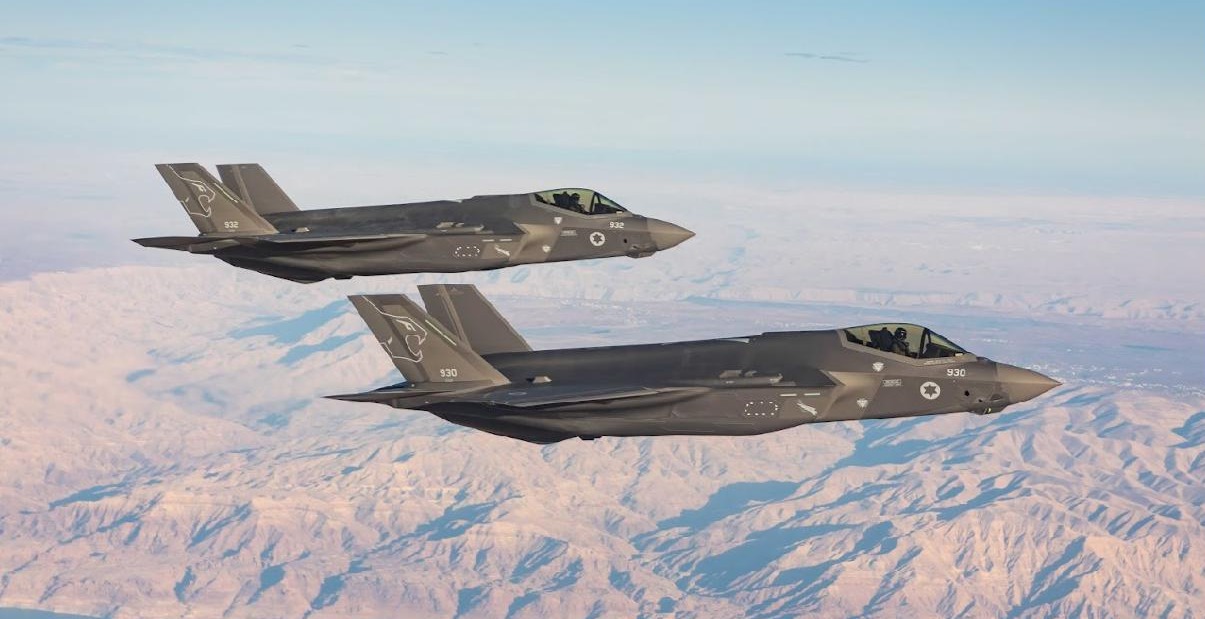
China is still struggling to develop a suitable jet engine for its J-20 fighter aircraft to make it truly low-observable. This is why most nations enter into partnerships, thus gaining from each other’s strengths to shorten the developmental cycle.
It is important to note that technology is accelerating in terms of generational change. Early finalization of Multi-Role Fighter Aircraft (MRFA) can bridge the existing technological gap while staying committed to indigenization.
The key issues that MRFA could solve are addressing the existing shortfall in fighter squadrons and acquiring technologies that will help India catapult to Indigenous fifth-generation fighters in designated timelines or earlier.
The last Medium Multi-Role Combat Aircraft (MMRCA) competition was planned in 2008. Technology has undergone tremendous change in this period, and so the same RFP or competition or competitors may not be relevant today. Time is of the essence in this project.
The pace of development and production of critical technologies needs to be hastened. This gap should be bridged by leapfrogging through partnerships or importing critical equipment through technology transfer. This will reduce the pressure of timelines and expectations faced currently by our scientific community and HAL.
Finally, the Defence Research and Development Organisation (DRDO), Defence Public Sector Undertakings (DPSUs), and Private industry should come together to identify each stakeholder’s core strengths and work synergistically in developing and manufacturing cutting-edge products. This will ensure the IAF is equipped with the best technology developed indigenously to match its image of being one of the best-trained Air Forces in the world.
Finally, when the budget is limited, modernization should focus on building specific capabilities. Balancing technology and quantity over the next decade will be the key to this effort.
Therefore, Make in India MRFA, timebound production of LCA MK IA, timely development of LCA Mk II and AMCA, and development of long-range weapons and force multipliers are critical for the modernization of the IAF.
A flexible and realistic approach, harnessing the strengths of all stakeholders, will pave the way to attaining true ‘atmanirbharta’ while the IAF modernizes to deter any potential misadventure by India’s enemies.
- Air Marshal (R) RGK Kapoor, PVSM, AVSM, VM, is a retired officer of the Indian Air Force. He served as the Air Officer Commanding-in-Chief (AOC-in-C) of Central Air Command.
- Mail EurAsian Times at editor (at) eurasiantimes.com

